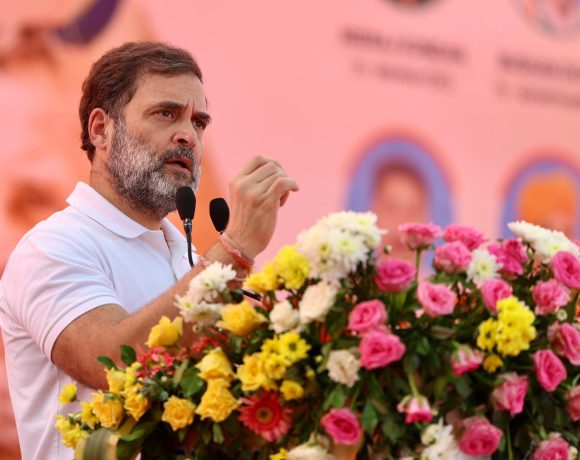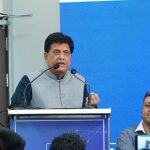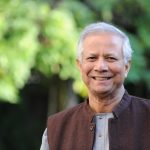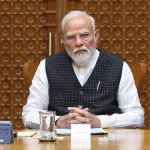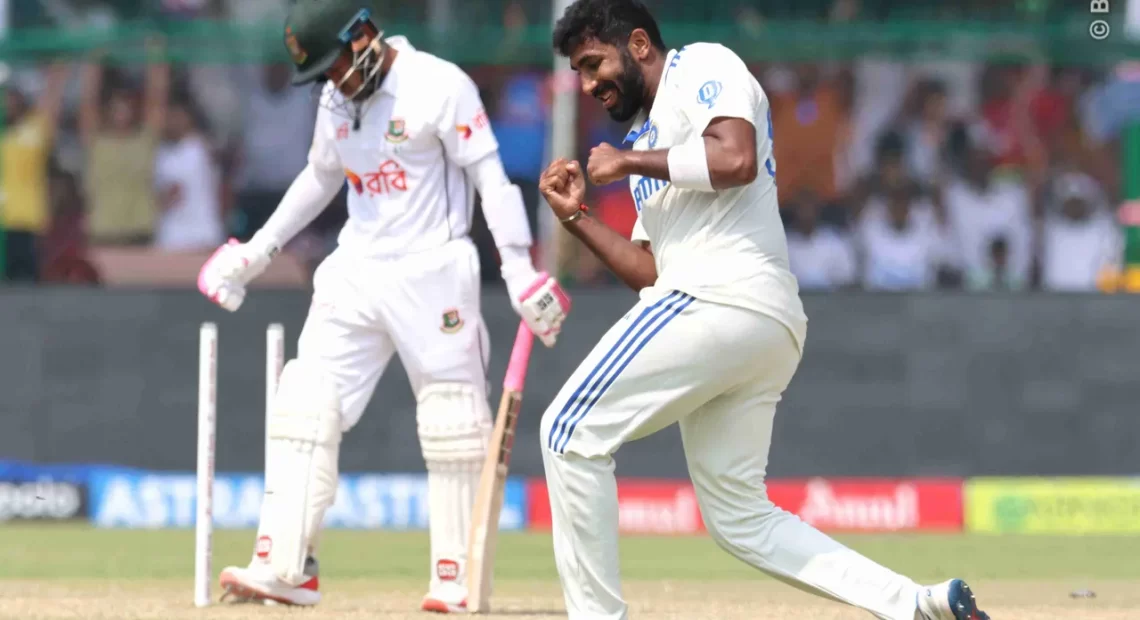
Learning From Crisis: How Injuries Exposed India’s Pace Depth Illusion
The 2025 Test series in England has proven to be a turning point, brutally exposing what Indian cricket has for years called its “pace depth.” Repeated injuries to the frontline—and even backup—fast bowlers forced team management out of their comfort zone, leading to the hurried debut of untested players and fielding of exhausted seniors. This was not merely an unfortunate short-term crisis, but a predictable consequence of years spent overestimating bench strength and underinvesting in genuine international readiness.
The Perfect Storm: Crisis Unfolds
India’s fast-bowling pride, so often a synonym for modern-day dominance, crumbled under the weight of unsparing schedules and unlucky injuries. Jasprit Bumrah—team leader, talisman, and a veteran of tight workload management—suffered with recurring back issues and a twisted ankle, restricting him to only a handful of Tests. Mohammed Siraj, the next in line, soldiered on, but his performance waned as fatigue took hold. Promising talents like Arshdeep Singh, Akashdeep, and Nitish Kumar Reddy joined the injury list just as they looked ripe for heavier roles.
With each casualty, the celebrated “depth” looked more like a mirage. Forced to blood young Anshul Kamboj in the cauldron of an away Ashes-level battle and persist with tired arms, India’s attack was overstretched. Not only did this compromise results, but it also left the team one injury away from falling below replacement standards.
Not Enough “India A” Tours & Incomplete NCA Preparation
At the root of this exposure is an uncomfortable truth: India’s system has not backed up talent with enough structured, high-quality preparation. For a generation, India A tours—especially to challenging SENA (South Africa, England, New Zealand, Australia) venues—and frequent, skills-focused National Cricket Academy (NCA) camps bridged the critical gap between domestic promise and international demands.
Over the last two years, these lifelines have faltered. Congested calendars, financial considerations, and residual COVID-19 disruptions led to a notable drop in the number and scale of India A overseas assignments. NCA camps, while upgraded in terms of facility and sports-science input, have become sporadic and short-term, often focusing on injury rehab rather than sustained skill-building or red-ball specialization. In effect, players landed on the international scene with fewer tools, less overseas experience, and little trial-by-fire outside home conditions.
Recent Efforts—Good, But Far From Sufficient
To their credit, both the BCCI and NCA have recognized the urgency and undertaken new initiatives. The revamped NCA in Bengaluru, with world-class pitches and recovery facilities, now hosts regular high-performance and age-group camps. Fast bowlers are given biomechanical assessments, custom fitness regimens, and scientifically monitored workload management. Select IPL and Ranji quicks (such as Mayank Yadav and Eden Apple Tom) have benefited.
Yet these efforts, while commendable, do not match the demands of modern cricket. Most camps remain brief, not all are red-ball focused, and the frequency of high-quality overseas match exposure is still lacking. Without a systemized pipeline—where a rotating pool of pace bowlers regularly move between A tours, domestic cricket, and the senior team—India remains at the mercy of fate whenever injuries strike.
A Blueprint for True Depth: 15-Strong International-Ready Pace Pool
If India wants to avoid crises like England 2025 in the future—and truly compete for global domination—a fundamental shift is required. The goal must be clear: nurture and manage a pool of at least 15 pace bowlers who are international-ready at all times, able to be rotated in and out with minimal performance drop-off.
Who could this group include? Based on a blend of international exposure, India A track record, and Ranji Trophy performances, the following 15 are either already worthy or can be groomed rapidly for this role:
Jasprit Bumrah
Mohammed Siraj
Akashdeep Singh
Prasidh Krishna
Avesh Khan
Harshit Rana
Arshdeep Singh
Anshul Kamboj
Vaibhav Arora
Yudhvir Singh Charak
Auqib Nabi
Navdeep Saini
Mayank Yadav
Deepak Chahar
Simarjeet Singh
This pool offers a mix of pace, swing, bounce, left-arm variety, and match-winning pedigree. Top-tier domestic and A-team regulars like Auqib Nabi, Vaibhav Arora, and Yudhvir Singh have shown steely temperament in high-stakes clashes, while younger guns like Mayank Yadav and Anshul Kamboj already flash the kind of velocity and fearlessness that sets international cricket alight.
What Needs to Change—And Fast
The England series must be a wake-up call. The time for satisfied talk of “bench strength” is over. Instead:
India A tours must become more regular, longer in duration, and directed specifically at red-ball readiness for pace bowlers. Each year should include at least two overseas A-tour cycles, coinciding with senior tours to similar conditions.
NCA camps must extend beyond injury rehab, focusing on specialized red-ball skills, psychological resilience, and tactical simulation of Test scenarios, with mandatory rotation for all pace pool members.
Player rotation must be institutionalized, following England and Australia’s models, so no individual shoulders the burden for too long and every key quick remains match-fit and mentally sharp.
Selection philosophy should reward readiness, not just potential, with selectors systematically exposing new faces to meaningful A-level competition before senior call-ups.
Conclusion: Turn Pain Into Progress
The myth of endless pace depth has been brutally dispelled by a single summer of injuries and overwork. India’s future success in Test—and even white-ball—cricket hinges on outgrowing the old notion that potential equals preparedness. The moment demands a national commitment to creating, maintaining, and scientifically managing a 15-strong, international-ready pace cadre.
Otherwise, every injury will not just be the loss of one player, but a risk to the collective dream of winning anywhere, anytime, against anyone.


